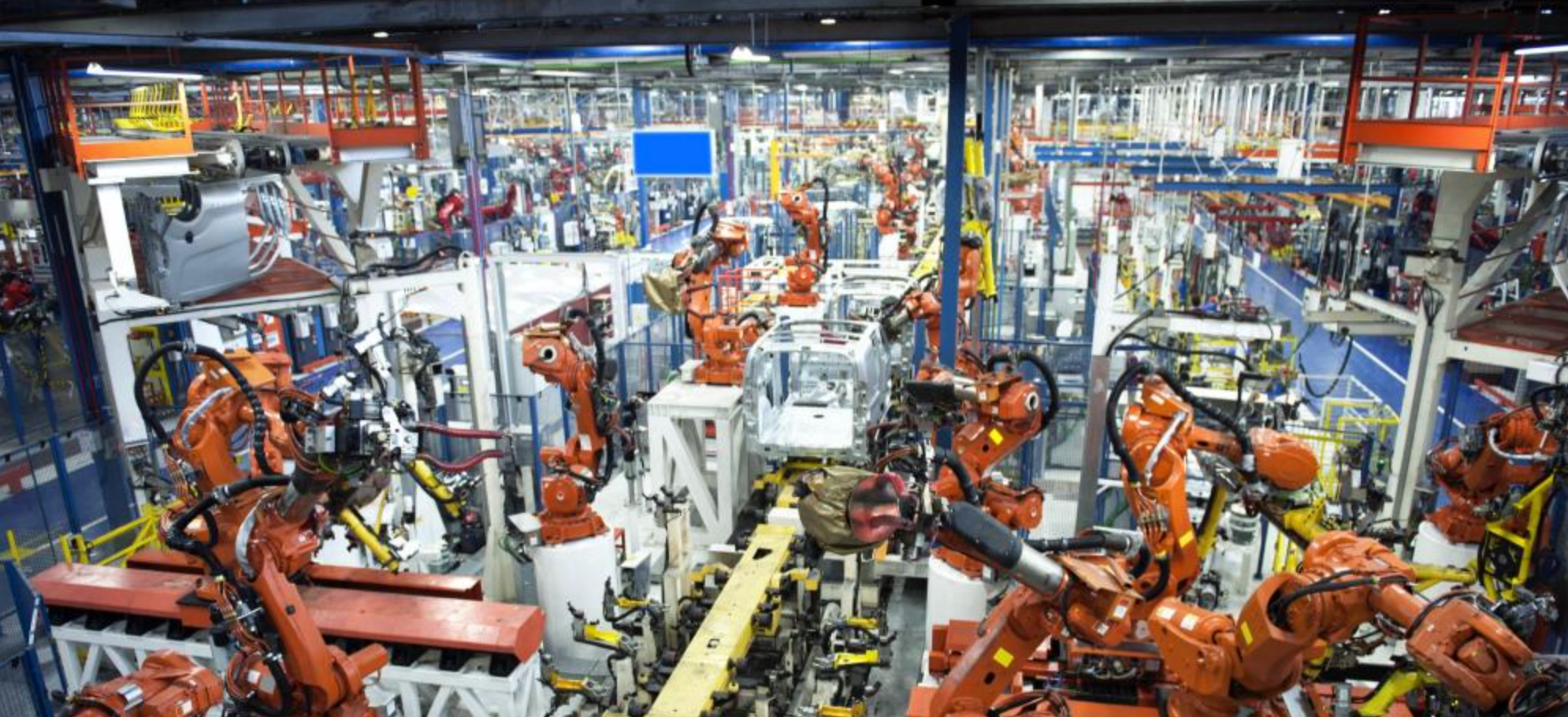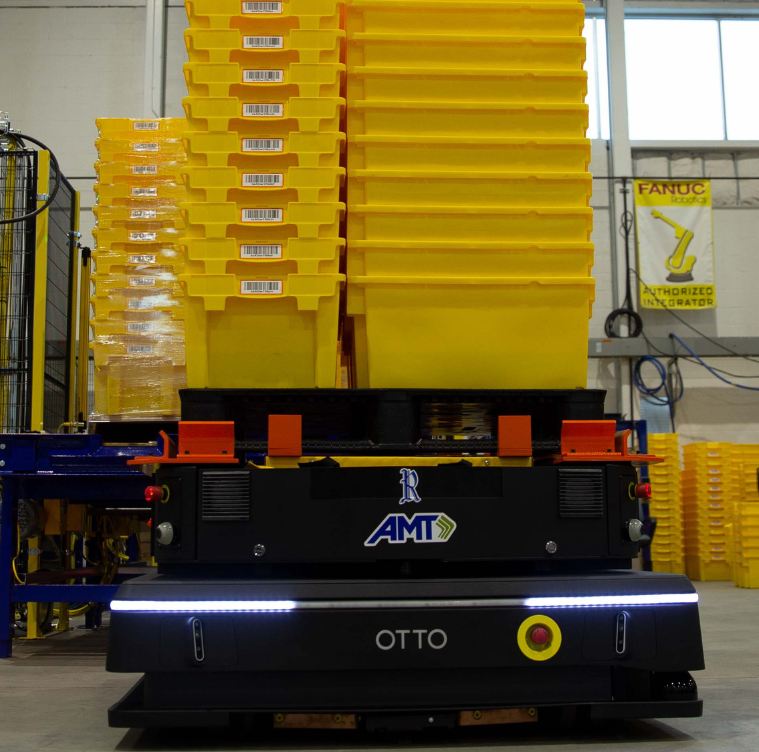Blog
The 3 most successful ways to automate your supply chain

Supply chain automation uses technology to manage and streamline complex processes. Respondents to the 2019 MHI Annual Industry Report believe supply chain automation will upend the industry by adding a competitive advantage (40%) and causing disruption to the industry (24%).
The pace of supply chain innovation over the six years of our survey is truly astounding, creating real and measurable competitive advantage for early adopters. With supply chain complexity showing no signs of slowing, the risk of inaction is only growing, leading manufacturing and supply chain executives agree that technology is the key to future success.
George Prest
Chief Executive Officer, MHI
Companies that delay implementing automation will fall behind, primarily due to the brisk speed at which supply chain innovation has already occurred. However, many supply chain operations executives are unsure of where to begin with automation, causing them to delay the process all together.
Here are three ways to integrate Industry 4.0 technology in your operation:
1. Consider implementing autonomous robots to reduce unnecessary human movement
Autonomous robots are designed to move material within a facility in an intelligent and flexible manner. One of the main benefits of automating this task is to save highly skilled workers' time so they can focus on the task they were hired to do. Leaving work stations to transport material to the next cell is a lean inefficiency that is slowing down overall production and employee fulfillment. One company that implemented autonomous pump trucks expected a 33% increase in worker productivity due to the human movement eliminated when the vehicle made deliveries directly to the people.
Statistics indicate that U.S. warehouses waste 265 million labor hours annually and 6.9 weeks per year on unnecessary motion. Plus, over 40% of employees spend at least a quarter of their workweek on repetitive tasks — 10 hours or more for a full-time employee.
2. Invest in products that integrate with existing supply chain equipment
While researching supply chain automation, it is important to consider solutions that complement the equipment you already have or plan to buy. Some autonomous robots, including those from OTTO Motors, integrate with a warehouse management system (WMS) to reduce unnecessary steps.
Compatibility between equipment makes the installation of new products more efficient. When German company Lloyd Shoes chose a mobile robot to assist workers with picking items from shelves, the machine was integrated into the warehouse in less than half a day.
As the robotics sector offers more mobile equipment instead of fixed machines, many companies provide integration solutions to speed up multistep processes. For example, a conveyor belt communicates with an automated robot to pick up an item from the end of a line. Alternatively, an autonomous machine may have an attached arm.
Watch OTTO 1500 deliver a pallet of finished goods from the production line to the shrink wrap, to shipping at an Amway facility:
3. Help supply chain workers see the benefits of automation in the workplace
While determining how automation will help solve your operation’s inefficiencies is critical, the impact automation has on your workforce cannot be understated. While supply chain automation changes the way humans work, many labourers are concerned about their jobs as a result of this new phenomenon in supply chain connectivity. As an employer, it is important to help employees see the benefits of automation in their roles.
Due to materials handling automation, the repetitive task of pushing product is assumed by the robot, while more value-added tasks are left for the workers. For example, a Swedish machine shop called FT-Produktion implemented automation through collaborative robotics (cobots) and they saw a reduced cycle time of 12 seconds per task. Along with increasing efficiency and therefore lowering costs, workers themselves said the cobots were easy to use and made their roles more interesting.
In a typical job role, less than half of tasks can be automated. The human brain is too valuable to replace, meaning that workers’ jobs are often not at risk, but rather are more susceptible to being more exciting due to automation.
Therefore, it is important to discuss the benefits of automation with your workforce.







